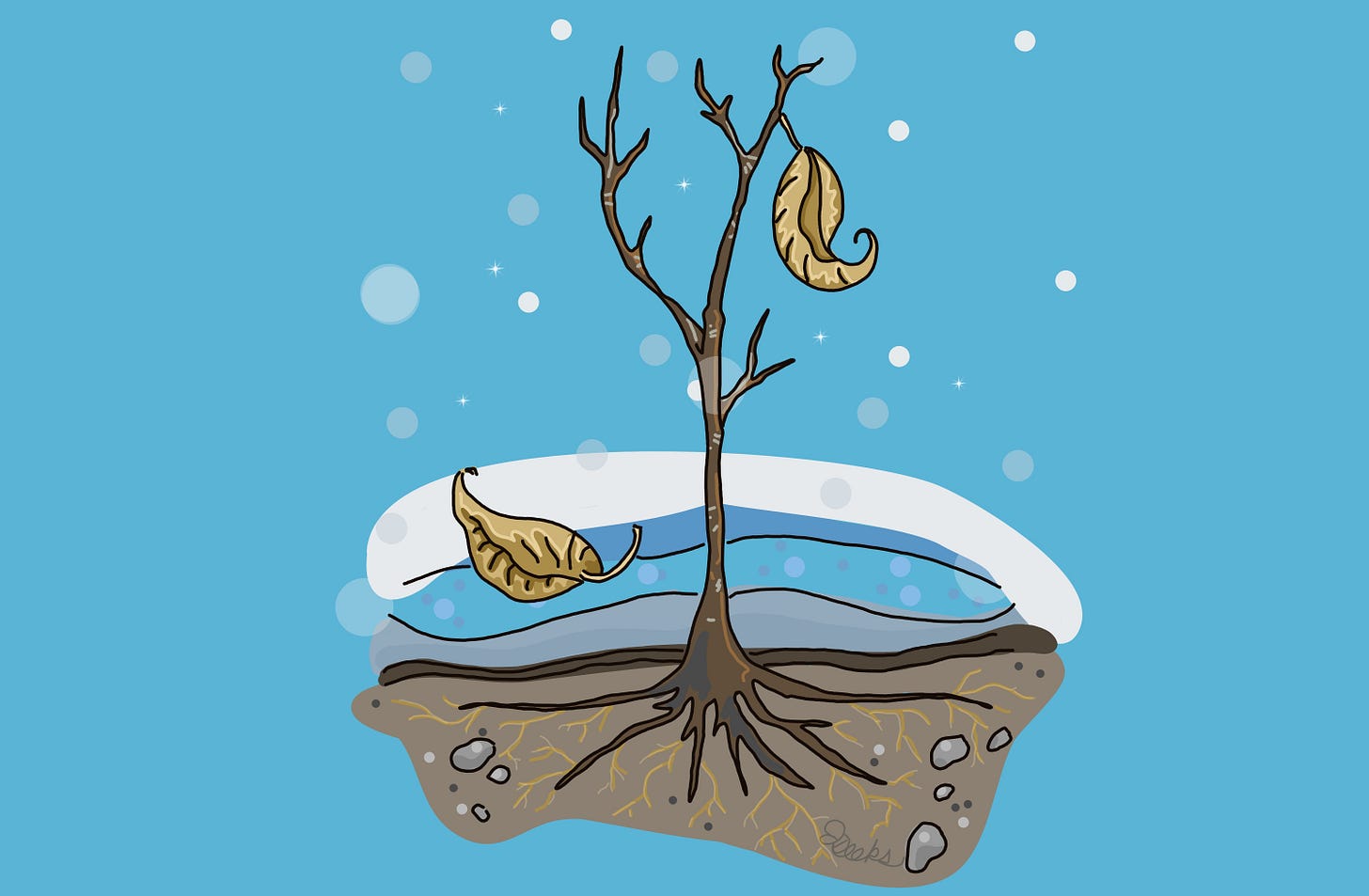Where Do All the Plants Go in the Winter?
How do plants survive winter? Learn about their remarkable cold-weather adaptations in this community contribution, featuring digital artwork by the author, Jennifer Deeks.
COMMUNITY CONTRIBUTION
My gardens have been hidden under a deep blanket of snow. A few stems pokedout here and there, but otherwise you would never guess how lush those spaces are in July. When the snow melts, all that remains is a muddy mess.
As the soil warms, plants magically spring to life, seemingly out of nowhere. W…
Keep reading with a 7-day free trial
Subscribe to The Owen Sound Current to keep reading this post and get 7 days of free access to the full post archives.




